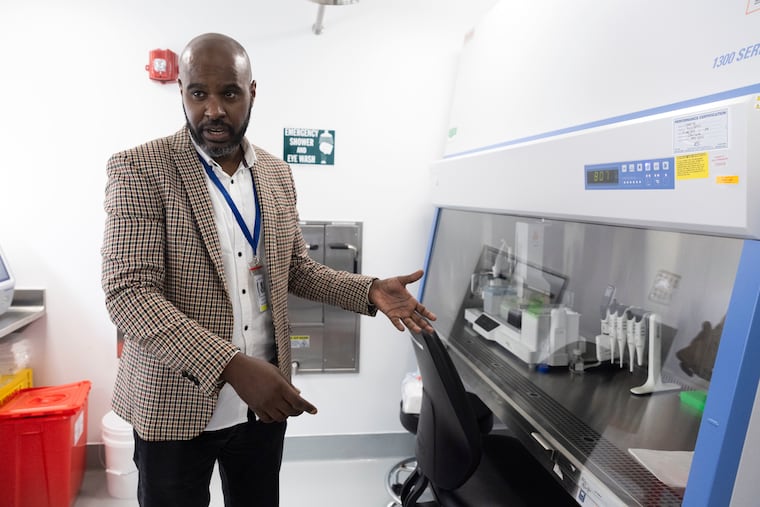Inside the lab where Philly health officials are testing for new COVID variants
The new lab, which opened in South Philadelphia’s Constitution Health Plaza in October, is a marked improvement from the city’s previous facilities.

The new lab, which opened in South Philadelphia’s Constitution Health Plaza in October, is a marked improvement from the city’s previous facilities.
